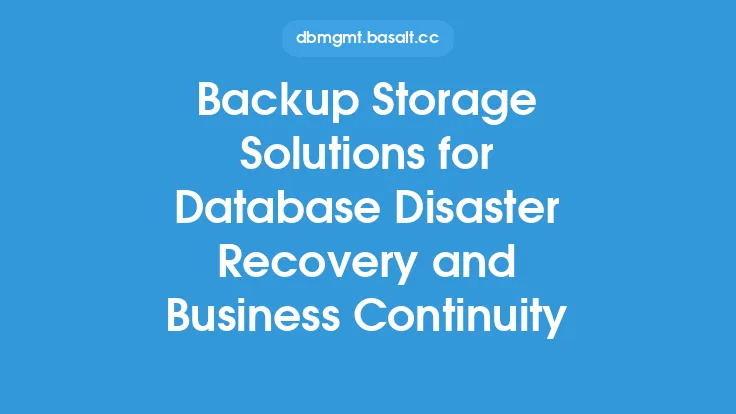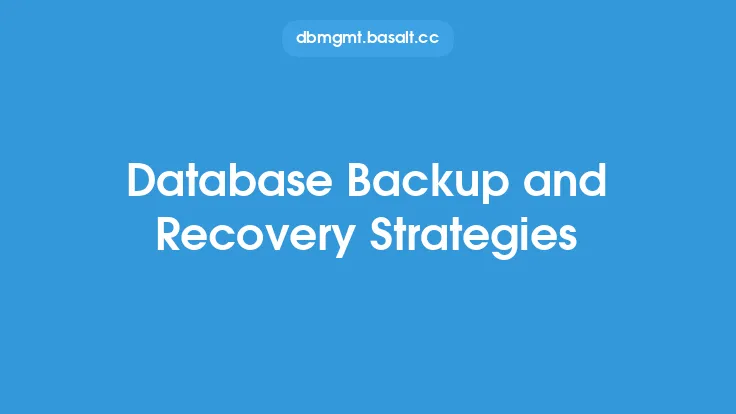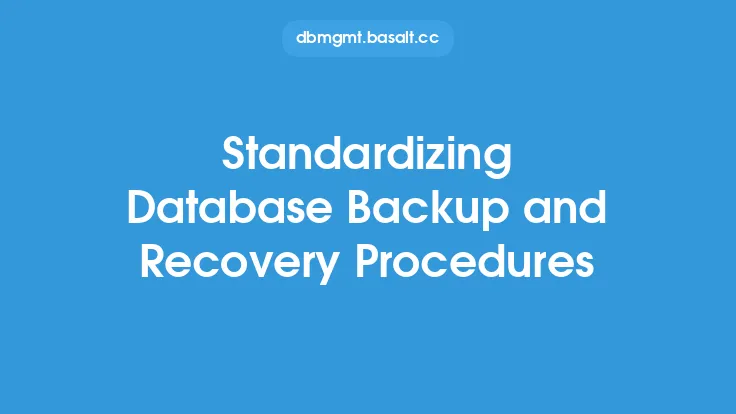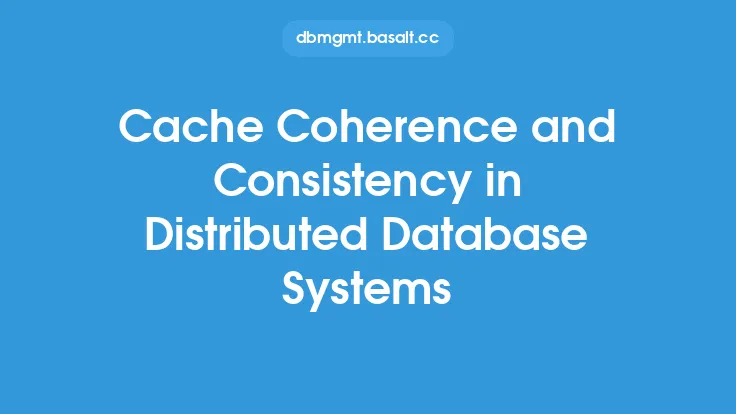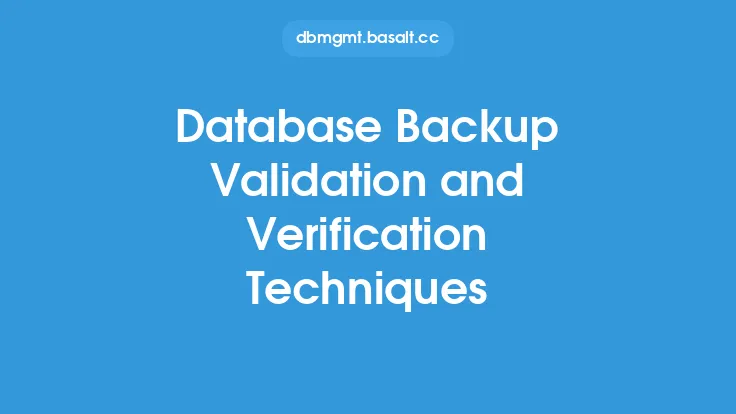Database consistency is crucial for ensuring the reliability and integrity of data stored in a database. Consistency checks are an essential part of database maintenance, as they help identify and resolve inconsistencies that can lead to data corruption, errors, or even system crashes. In this article, we will delve into the world of database consistency checks and recovery, exploring the concepts, techniques, and best practices for maintaining a healthy and consistent database.
Introduction to Database Consistency
Database consistency refers to the state of a database where all data is valid, accurate, and adheres to the defined rules and constraints. Consistency checks are used to verify that the data in the database is consistent with the database's schema, constraints, and relationships. These checks can be performed manually or automatically, depending on the database management system (DBMS) and its configuration. Consistency checks can help identify issues such as data inconsistencies, orphaned records, or invalid data types, which can be caused by various factors, including user errors, software bugs, or hardware failures.
Types of Database Consistency Checks
There are several types of database consistency checks, each serving a specific purpose. Some of the most common types of consistency checks include:
- Schema consistency checks: These checks verify that the database schema is consistent with the physical storage of data. This includes checking for valid table and index definitions, as well as ensuring that all tables and indexes are properly linked.
- Data consistency checks: These checks verify that the data stored in the database is consistent with the defined rules and constraints. This includes checking for valid data types, ranges, and relationships between tables.
- Referential integrity checks: These checks verify that the relationships between tables are consistent, ensuring that foreign keys match primary keys and that there are no orphaned records.
- Checksum checks: These checks verify the integrity of data by calculating a checksum for each data block and comparing it with a previously calculated checksum.
Database Consistency Check Techniques
There are several techniques used to perform database consistency checks, including:
- DBCC checks: DBCC (Database Consistency Checker) is a built-in utility in some DBMS that performs consistency checks on the database. DBCC checks can be used to identify and repair inconsistencies in the database.
- SQL queries: SQL queries can be used to perform ad-hoc consistency checks on specific tables or data ranges. These queries can be used to identify inconsistencies and perform repairs.
- Third-party tools: Third-party tools, such as database auditing and monitoring software, can be used to perform consistency checks and identify potential issues.
Recovery from Database Inconsistencies
When inconsistencies are detected, recovery techniques can be used to restore the database to a consistent state. Some common recovery techniques include:
- Rollback recovery: This technique involves rolling back the database to a previous consistent state, using transaction logs or backups.
- Forward recovery: This technique involves applying corrections to the inconsistent data, using SQL queries or other tools.
- Database rebuild: In some cases, it may be necessary to rebuild the database from scratch, using backups and transaction logs.
Best Practices for Database Consistency Checks and Recovery
To ensure the integrity and consistency of a database, it is essential to follow best practices for database consistency checks and recovery. Some of these best practices include:
- Regular consistency checks: Regular consistency checks should be performed to identify and resolve inconsistencies before they cause problems.
- Automated consistency checks: Automated consistency checks can be used to perform checks on a regular schedule, reducing the risk of human error.
- Backup and recovery planning: A backup and recovery plan should be in place, including regular backups, transaction logs, and a recovery strategy.
- Testing and validation: Consistency checks and recovery techniques should be tested and validated regularly, to ensure that they are working correctly.
Common Challenges and Considerations
Database consistency checks and recovery can be complex and challenging, especially in large and complex databases. Some common challenges and considerations include:
- Performance impact: Consistency checks can have a significant impact on database performance, especially if they are performed during peak usage periods.
- Data volume: Large databases can be challenging to check and recover, due to the sheer volume of data.
- Complexity: Complex databases, with many relationships and constraints, can be challenging to check and recover.
- Security: Database consistency checks and recovery should be performed in a secure environment, to prevent unauthorized access to sensitive data.
Conclusion
Database consistency checks and recovery are essential for maintaining the integrity and reliability of a database. By understanding the concepts, techniques, and best practices for database consistency checks and recovery, database administrators can ensure that their databases are healthy, consistent, and reliable. Regular consistency checks, automated checks, backup and recovery planning, and testing and validation are all essential for maintaining a consistent and reliable database. By following these best practices and considering the common challenges and considerations, database administrators can ensure that their databases are protected against inconsistencies and errors, and that they can recover quickly and easily in the event of a failure.
